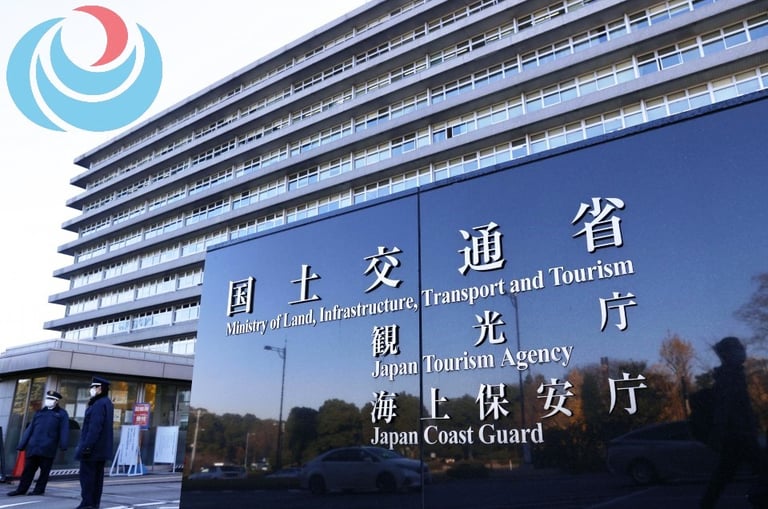Japan's 500km Conveyor Belt Road: A Solution to Emissions and Driver Shortages
Japan is proposing a 500km conveyor belt road to address greenhouse gas emissions and a looming shortage of truck drivers. The 24-hour Auto-Road, capable of handling the daily cargo load of 25,000 trucks, could be operational within a decade, costing up to €513 per 10km stretch. A study by the Nomura Research Institute predicts a 35% shortage of truck drivers by 2030, making this innovative solution both timely and necessary.
LOGISTICSRAILWAY TRANSPORTATION
Phillemon Neluvhalani
8/7/20241 min read


Japan is exploring an innovative solution to its logistical and environmental challenges with the proposal of a 500km conveyor belt road. This ambitious project aims to mitigate greenhouse gas emissions and address a looming shortage of truck drivers.
24-Hour Auto-Road Efficiency
The proposed 24-hour Auto-Road is designed to handle the same amount of cargo daily as 25,000 trucks. This efficient system would significantly reduce the reliance on traditional road transport, leading to lower emissions and less traffic congestion. By operating continuously, the conveyor belt road would ensure a steady flow of goods, enhancing supply chain efficiency across the country.
Cost and Implementation Timeline
The project is estimated to cost up to €513 for every 10km stretch, making it a substantial investment in Japan's infrastructure. Despite the high cost, the long-term benefits in terms of environmental impact and operational efficiency are expected to justify the expenditure. The conveyor belt road could be operational within a decade, offering a timely solution to Japan’s logistical challenges.
Driver Shortages
A recent study by the Nomura Research Institute suggests that by 2030, Japan will face a 35% shortage of truck drivers. This shortage is driven by an aging workforce and declining interest in the trucking profession among younger generations. The conveyor belt road offers a strategic response to this impending crisis, reducing the demand for truck drivers while maintaining cargo transport capacity.
Benefits
In addressing the driver shortage, the conveyor belt road is expected to have significant environmental benefits. By reducing the number of trucks on the road, Japan can cut down on greenhouse gas emissions, contributing to its commitment to combat climate change. The project aligns with global trends toward sustainable transportation solutions and represents a forward-thinking approach to infrastructure development.
The success of the conveyor belt road could set a precedent for other countries facing similar logistical and environmental challenges. As Japan pioneers this innovative solution, it could inspire broader adoption of automated transport systems worldwide, marking a significant shift in how goods are moved in the modern era.
Future
© 2024. All rights reserved.
